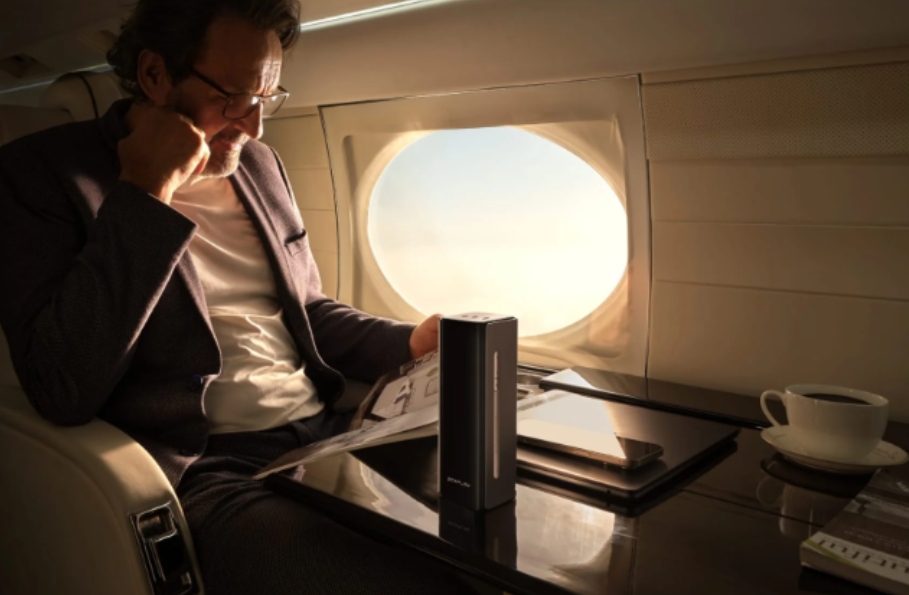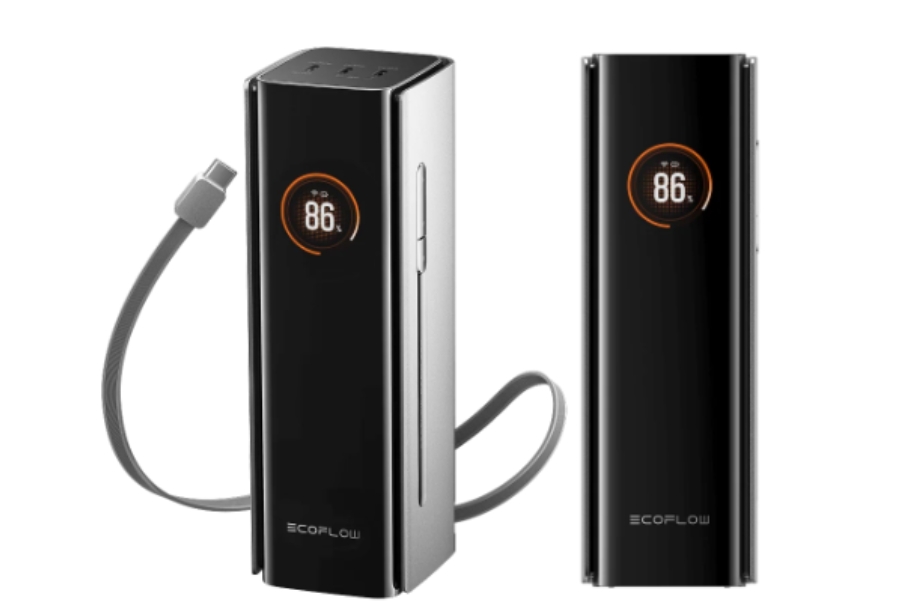Travel often comes with one common frustration: keeping devices charged when you’re away from reliable outlets. Whether it’s your smartphone, tablet, or laptop, a power bank is often the go-to solution for uninterrupted connectivity. But before packing one for your next trip, it’s important to understand airline rules and safety considerations. The good news is that most power banks are allowed on planes, but with specific conditions.In this article, let’s break down everything you need to know about flying safely with a power bank.
Airline Rules and Safety Guidelines for Power Banks
Airlines and aviation authorities have clear rules about carrying power banks to ensure safety in the air. Here are the key points to consider when bringing one on board.
Power Banks Must Go in Carry-On Bags
One of the most important rules is that power banks are not allowed in checked luggage. The lithium-ion batteries they use pose a fire risk if damaged, and keeping them in the cabin allows crew members to act quickly if an issue arises. Always store your power bank in your carry-on or personal bag.
Know the Capacity Limits (Measured in Watt-Hours)
Airline approval largely depends on the watt-hour (Wh) rating of your power bank. Most airlines allow devices up to 100Wh (around 27,000mAh at 3.7V) without prior approval. EcoFlow’s RAPID Pro Power Bank (27,650mAh, 99.54Wh) is designed to fit just under this limit, making it fully compliant for air travel. Banks between 100Wh and 160Wh may require airline permission, while anything larger is prohibited.
Check Input and Output Ratings for Safe Use
High-capacity power banks capable of 65W, 100W, or even 140W outputs are excellent for laptops but must comply with international safety standards. Look for CE, FCC, or UL certifications and features like EcoFlow’s temperature monitoring system, which monitors temperature millions of times per day. Certified banks not only pass airport checks but also give you peace of mind while flying.
Built-In Safety Features Are Crucial
Not all power banks are created equal. Models with temperature regulation, surge protection, and short-circuit safeguards are safer options for travel. EcoFlow’s latest power banks include smart app controls and battery optimization modes that extend both device and battery lifespan, especially useful when traveling through regions with limited charging opportunities. Prioritize banks with these built-in protections.
Keep Size Practical for Travel
Beyond airline compliance, practicality matters. Compact models like EcoFlow’s RAPID Magnetic Power Bank (10,000mAh) are slim enough to slip into a pocket or small bag, while larger 20,000–27,000mAh banks are better for long-haul flights where you may need to recharge laptops or multiple devices. Consider how much capacity you’ll realistically need before your trip.
Follow Airline and Security Procedures
Even with the right power bank, it’s essential to follow procedures at airport security. Remove the power bank from your bag during screening, just as you would with a laptop. If you’re carrying a higher-capacity model near the 100Wh limit, have its specifications visible on the label to avoid delays. This small step saves time and ensures compliance.

Final Thoughts
So, can you take a power bank on a plane? Yes, you can absolutely take most power banks safely on a plane, as long as you follow the rules. Choose a model under 100Wh for hassle-free travel, pack it in your carry-on, and make sure it includes certifications and safety features. EcoFlow’s power banks, such as the RAPID Pro at 99.54Wh, are excellent examples of travel-ready designs that balance high capacity with airline compliance.With the right preparation, your power bank becomes a trusted travel companion, ensuring your devices stay powered whether you’re flying across the country or overseas.



